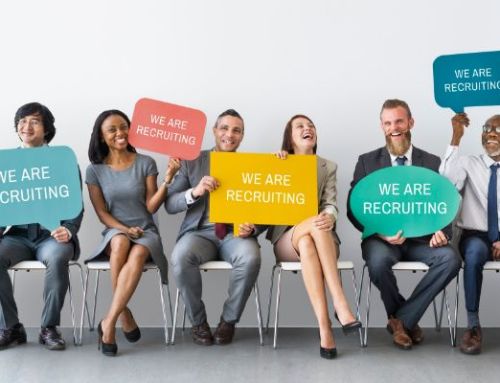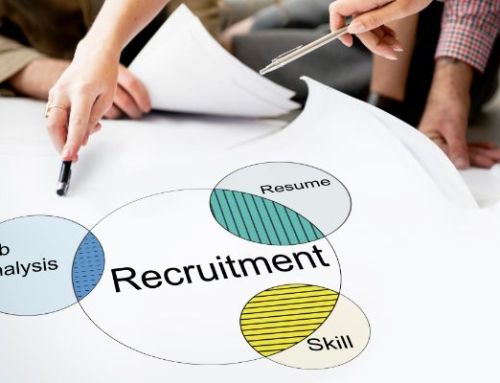COVID-19 flipped the idea of a traditional workplace upside down in 2020 and has permanently changed the outlooks of many departments. One of the biggest causes of concern for CEO’s? The accelerated pace of digital transformation and shifting online workspace. With employees becoming more comfortable with remote work in an ever-changing world, talent acquisition teams need to be more agile than ever as employers have begun widening their search radius as different business sectors find new ground as the economy reopens.
Remove Recruitment Inefficiencies
2021 is the year to reassess what tasks take up the most time for your talent management team, in every stage of the search and recruitment funnel. Inefficiencies like inconsistent touchpoints, surface level screening, and long time-to-hire metrics have only become amplified since the move online.
An important lesson that every industry learned from 2020 is that no one is certain with how stable a job market will be. No matter the sector, companies need to be agile and make flexible changes along the way as the fluctuating market requires. One of the top benefits from employing an AI-based solution is workforce management, which is equally used by employers whose industries remained stable during the past year and by departments managing furloughs and layoffs in challenging sectors.
With the average job receiving 250 applications and only 6 seconds spent on each resume on average, your hiring process has multiple tasks that can be automated and optimized to save time in your HR team’s day to focus on high value tasks that can only be done by a human.
Weeding Through High Competition for Remote Talent
In a competitive economic landscape, job seeking can be a negative process for talent management and talent alike, with job seekers applying and hoping a recruiter actually calls them back. Especially in the tumultuous wake of 2020, unemployment rates are at a record high with even more potential candidates applying for jobs. This creates a spotlight on HR technology and what teams are doing to find better talent.
For teams tasked with high volume hiring, yet facing too many applications to review effectively, AI tools like Ideal can help create a candidate-driven process to help talent acquisition teams make more efficient hiring decisions. Organizations can quickly shortlist a diverse group of candidates and focus on more strategic areas such as face-to-face interviews.
Spend workdays interviewing top talent as opposed to spending hours completing easily automated tasks, such as following up on employment checks. HR departments can optimize their workload with a variety of automated tasks and chatbots to keep new applicants engaged and gain even more information in the process..
Leverage Past Data for Future Decisions
Sometimes it’s good to take a step back when looking forward with your hiring strategy. Consider past applicants who may have applied for roles at your company and are still interested, or positive interviews that didn’t result in hires. Machine learning can comb through your bank of existing candidates to intelligently match resumes with the experience necessary for new roles.
Imagine a software system that can compare the experience of new applicants with knowledge of other successful hires in this role. These kind of AI-powered suggestions give HR the green light and confidence to invest time in interviews and candidates with retention rates.
In the fast changing-world of HR, the future requires a higher level of optimization and efficiency to stay competitive. Looking to get quicker access to candidate information with less hours spent screening resumes? Consider AI-based solutions not as a replacement for human resources, but an efficient and unbiased supplement to every stage in the hiring process.
Ideal is a talent intelligence system that enhances HR software to help teams make more accurate, fair, and efficient talent decisions – all while providing concrete, data-driven insights on diversity, equity, and inclusion.






Leave A Comment